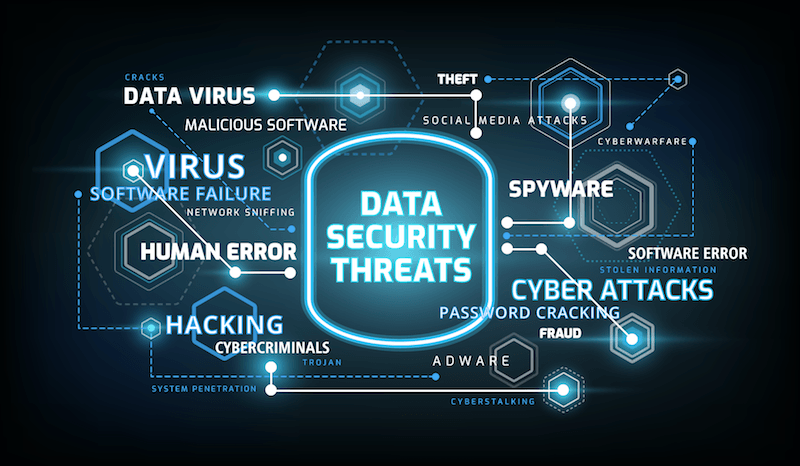Cryptocurrencies, like Bitcoin and Ethereum, have gained a lot of popularity over the past few years. While they offer several benefits, including decentralized transactions and enhanced privacy, they also pose cybersecurity risks. As cryptocurrencies have become more mainstream, the number of cyber-attacks targeting them has increased. Therefore, it is crucial to understand the cybersecurity risks involved in using cryptocurrencies and how to protect yourself.
Cybersecurity Risks in Cryptocurrency
Exchange Hacks: Cryptocurrency exchanges are vulnerable to hacking attacks, which can lead to the theft of cryptocurrencies from users’ accounts. In some cases, hackers have stolen millions of dollars’ worth of cryptocurrencies from exchanges.
How to Protect Yourself from Cybersecurity Risks in Cryptocurrency
Use a Secure Wallet: It is essential to use a secure wallet to store your cryptocurrencies. A hardware wallet, which is a physical device that stores your private keys offline, is the most secure option.
Use Two-Factor Authentication: Use two-factor authentication: Two-factor authentication gives your cryptocurrency accounts an additional layer of security. It requires you to provide a second form of authentication, such as a code sent to your mobile device, in addition to your password, to access your account.
Use Reputable Exchanges: Use reputable exchanges that have a good track record of security and are regulated by a regulatory authority.














